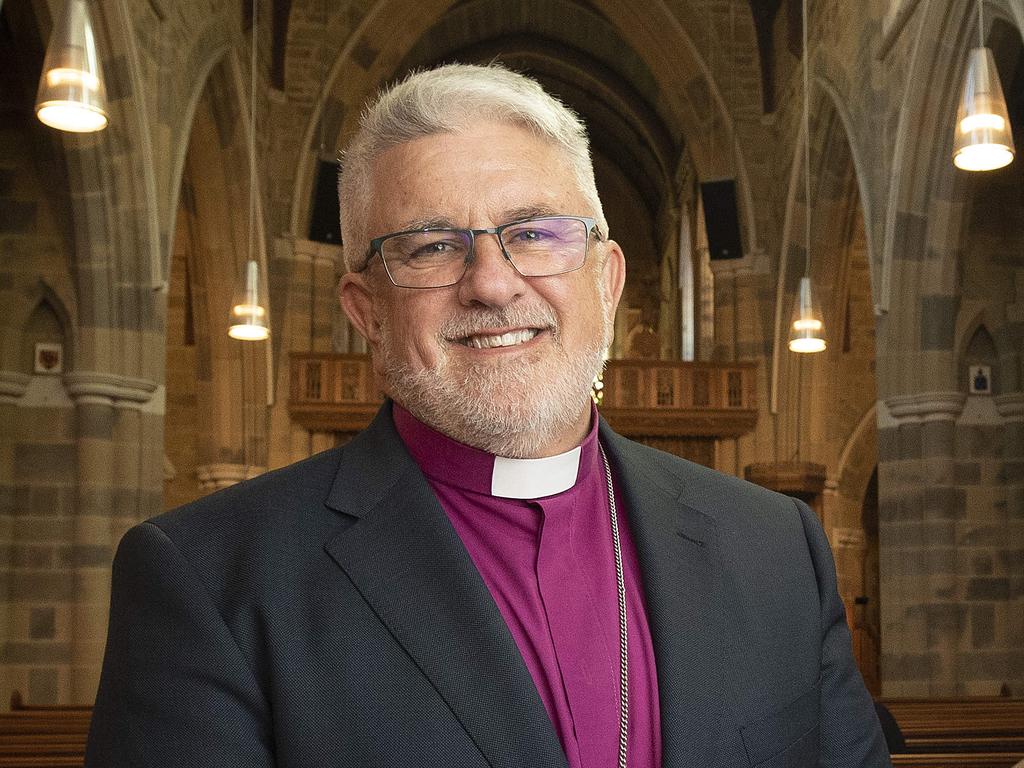
“Dear New York Times: STOP QUESTIONING TRANS PEOPLE’S RIGHT TO EXIST AND ACCESS TO MEDICAL CARE” read one side of the truck; “EVERY MAJOR MEDICAL ASSOCIATION SUPPORTS GENDER AFFIRMING HEALTHCARE FOR TRANSGENDER YOUTH. THE SCIENCE IS SETTLED,” said another.
Parked in Manhattan’s Garment District, the truck was far removed from the office buildings of Australia. Yet this attempt at intimidating journalists inside a news organisation was all too familiar. While journalists in Australia may not have trucks parked outside their office buildings, they too suffer from prolonged campaigns of hostility. And to get a sense of how unhinged the activism is, it’s worth having a look at the articles that got the Times into trouble.
An article published in 2022 reported on the fact that the number of young people identifying as transgender in the US had recently doubled. Another investigated efforts to revise international standards for adolescents seeking gender-affirming care – noting there were deep disagreements among experts.
Another article reported that an increasing number of trans youths were seeking the removal of healthy breasts. Another explored growing concern within the medical community about the potential side-effects of puberty blockers, from concerns about bone density to brain development. And yet another article reported on the schools that were helping children transition without their parents’ knowledge.
They remain important stories and the progressive Times provided a valuable public service when publishing them. They were also sensitively written.
Yet this did not stop activists from accusing the Times of peddling misinformation and denying trans people’s “right to exist”.
The chairman of the Times also divulged that the journalists involved in reporting the stories in question had experienced months of attacks, harassment and threats. One journalist involved in their reporting was ambushed in their neighbourhood and spat on.
It would be a mistake to dismiss this as just another product of toxic American culture warring. The intimidation of journalists by activists attempting to report on transgender issues is a worldwide phenomenon.
And in Australia, our own Press Council appears to have capitulated. The Council recommends journalists and editors use the GLAAD (the organisation that parked a truck outside the Times) as a resource when reporting on trans issues.
In their “Advisory Guideline Reporting on persons with diverse sexual orientation, gender identity and sex characteristics”, the Australian Press Council advises that journalists consult “peak and representation bodies” and “experts qualified to speak on particular issues”, when reporting on contentious topics such as standards of care for trans youths.
In many contexts, such a guidance may be perfectly reasonable. But a journalist’s primary allegiance is to the truth – not the concerns of various “stakeholders” and “peak bodies”. When objective truth and the claims of advocacy groups collide, a journalist’s allegiance must be with the former.
In the realm of transgender activism, influential organisations such as GLAAD have criticised the Times for accurate reporting on legitimate medical debates. Similarly, WPATH, another leading group, is itself divided over how best to treat gender-dysphoric youth. In Australia, ACON (previously the AIDS Council of NSW) plays a similar role to GLAAD, and asserts that terms such as “biological male” and “biological female” are inaccurate, and that labelling a penis a “male” organ and a vagina a “female” organ perpetuates stigma and discrimination. Are such organisations the reliable arbiters of truth? Thoughtful people should be free to disagree.
Earlier this year, the Press Council upheld a complaint against a columnist who wrote that the Tavistock gender clinic in the UK was closed after an inquiry (by pediatrician Dr Hilary Cass) found that confused and immature children seeking gender transition were put “at considerable risk” by the clinic.
The Council found this claim was factually inaccurate, stating that “the model of care at the Tavistock clinc (sic) (created) the risk, not the act of gender transition itself”.
But this is gross oversimplification. In response to the inquiry in question, the UK’s National Health Service announced it would stop prescribing puberty-suppressing hormones outside clinical research. The NHS stated explicitly that this decision was informed by advice from Dr Cass’s Independent Review, which “highlighted the significant uncertainties surrounding the use of hormone treatments”.
I asked the Press Council what it made of the NHS’s June decision regarding puberty blockers – and if it stood by its August adjudication – but did not receive a reply before deadline.
If journalists are advised to consult advocacy organisations and a specific set of experts when reporting on trans issues, the risk is that the public narrative becomes one-sided.
The ethical fibre of journalism relies on its ability to question, to scrutinise all sides of an issue, including the stances of activist organisations themselves. This integrity is compromised when editors and journalists are pushed into adopting advocacy roles, pressured by the very organisations they should be covering.
To their credit, management at the Times stood firm against GLAAD, releasing a letter declaring the journalism the newspaper had produced was “important, deeply reported and sensitively written”.
In Australia, however, publications today expend significant resources responding to complaints made by activists every time an article about transgender issues is published. The Australian, for example, has had to defend my columns repeatedly after vexatious complaints have been made, and every other journalist in Australia knows if they report on gender-affirmative healthcare in anything other than a positive light, they will attract complaints that will take time and energy to respond to.
This situation is just one reason why many high-profile media organisations in Australia have avoided publishing critical views on gender medicine, despite it being a matter of significant public interest. The ABC’s own Paul Barry raised this vacuum of reporting on Media Watch last year, asking whether the ABC’s relationship with ACON was affecting its journalistic independence.
In an era where journalistic integrity is often strained, recent intimidation campaigns paint a worrisome picture. This isn’t about “cancel culture” or an ideological battleground – it’s about the very essence of journalism, and its mandate to tell the truth without fear or favour.
Media organisations must not let advocacy organisations morph into de facto editors, and oversight bodies must not become rubber stamps.
Anything less not only undermines the profession but chips away at the public debate that is required to have a healthy functioning democracy.
Claire Lehmann is founding editor of online magazine Quillette.








Earlier this year, an activist organisation named GLAAD (the Gay and Lesbian Alliance Against Defamation) parked a billboard truck outside the offices of The New York Times.